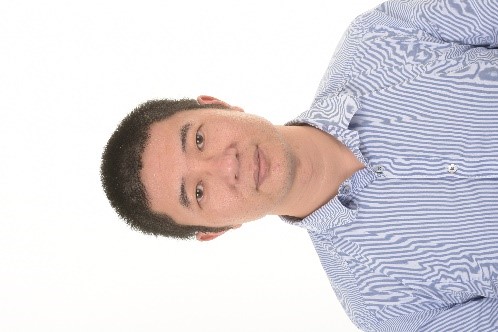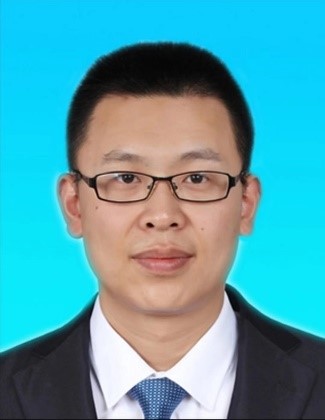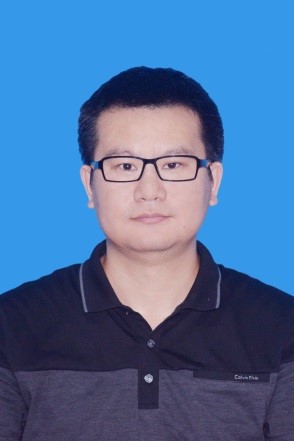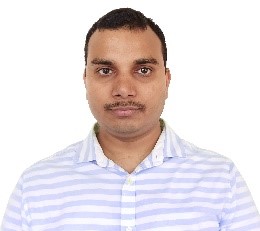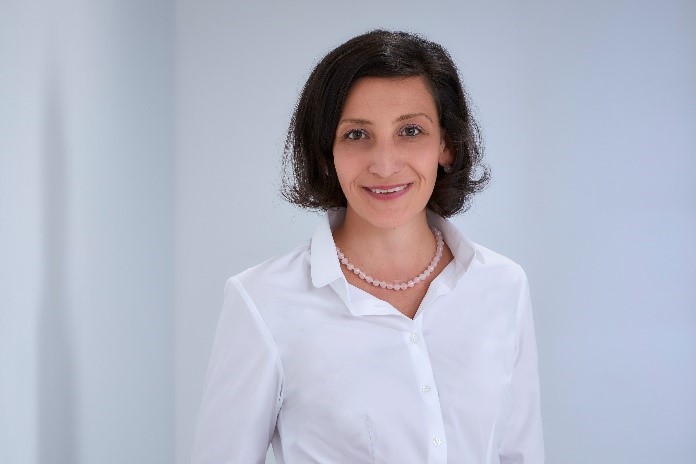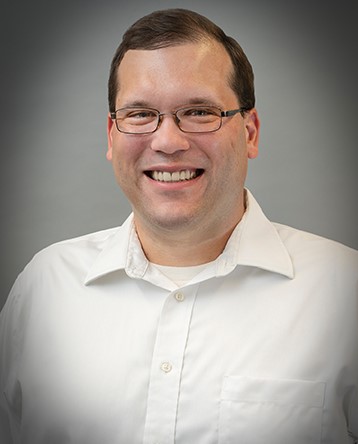Collection
Special Issue on “Progress of real-time confocal microscopy study on steelmaking and phase transformation in metallic materials”
- Submission status
- Open
- Open for submission from
- 24 August 2023
- Submission deadline
- 30 June 2024
Editors
-
Wangzhong Mu
Associate Professor and Digital Futures Faculty Member at Royal Institute of Technology (KTH), Sweden. He obtained his Docent qualification (2022) and Ph.D. (2015) from KTH, and bachelor & master degree from Northeastern University. He worked at McMaster University (Canada), Tohoku University (Japan), and Ferritico AB (Sweden). His research focuses on sustainable metallurgy, clean steel, intelligent material design, and multiscale material characterization, etc. He has published over 70 academic papers in SCI-indexed journals.
-
Ying Ren
Professor at the School of Metallurgy and Ecological Engineering, University of Science and Technology Beijing, China. He obtained his Bachelor degree of Metallurgical Engineering in 2011 and Ph.D. degree of Ferrous Metallurgy in 2017 from University of Science and Technology Beijing in China. He has overseas visiting research experiences at Carnegie Mellon University in USA and Tohoku University in Japan. His research has focused on clean steel and non-metallic inclusions. He has published 1 book, 80 academic papers collected by SCI database. He received 6 first prizes of provincial-level science and technology awards.
-
Tongsheng Zhang
Professor and doctoral supervisor of the State Key Laboratory of Advanced Special Steel & College of Materials Science and Engineering, Shanghai University. He obtained his bachelor's, Master's and doctorate degrees from Northeastern University (China). Thereafter, he held research positions in Anshan Iron and Steel Group (China), Carnegie Mellon University (US), Central South University (China), and the University of Warwick (UK). The main interests are the design of new steel grade, the development of special metallurgical slag system and the comprehensive utilization of metallurgical solid waste.
-
Deepoo Kumar
Assistant Professor at the department of Metallurgical Engineering and Materials Science. He is also associated with Centre of Excellence in Steel Technology at IIT Bombay. He obtained his Bachelor in Technology and Master of Technology from the same department in 2013. He received Master of Science and PhD from the Materials Science and Engineering department at Carnegie Mellon University. He has published more than 30 articles in peer reviewed journals and international conferences. He is working on several projects from Indian steel industries related to steel cleanliness and decarbonization of steel industry.
-
Susanne Michelic
Head of the Christian Doppler Laboratory for Inclusion Metallurgy in Advanced Steelmaking and Professor at the Chair of Ferrous Metallurgy at the Montanuniversitaet Leoben in Austria. She also serves as Chief Scientific Officer of the metallurgical competence center K1-MET. Her research interests are in secondary metallurgy, especially in the behavior of non-metallic inclusions in the system steel-slag-refractory and in the currently ongoing transition towards green steel and the associated processes. Susanne studied metallurgy at the Montanuniversitaet Leoben and received her PhD in 2011.
-
Bryan Webler
Professor and Co-Director of the Center for Iron and Steelmaking Research in the Department of Materials Science and Engineering at Carnegie Mellon University. His research interests are in the process metallurgy of steel refining and casting, as well as additive manufacturing of metals. He is an AIST Foundation Steel Professor. Bryan received a bachelor’s degree in engineering physics from the University of Pittsburgh in 2005, and his Master’s (2007) and Ph.D. (2008) in Materials Science and Engineering from Carnegie Mellon University.

